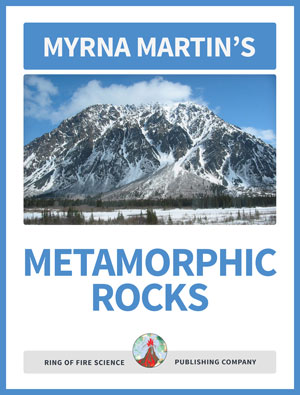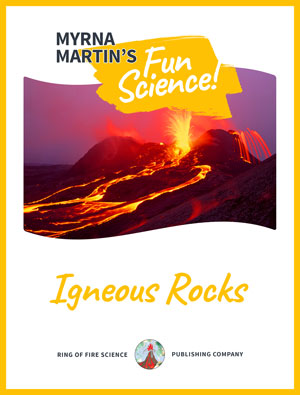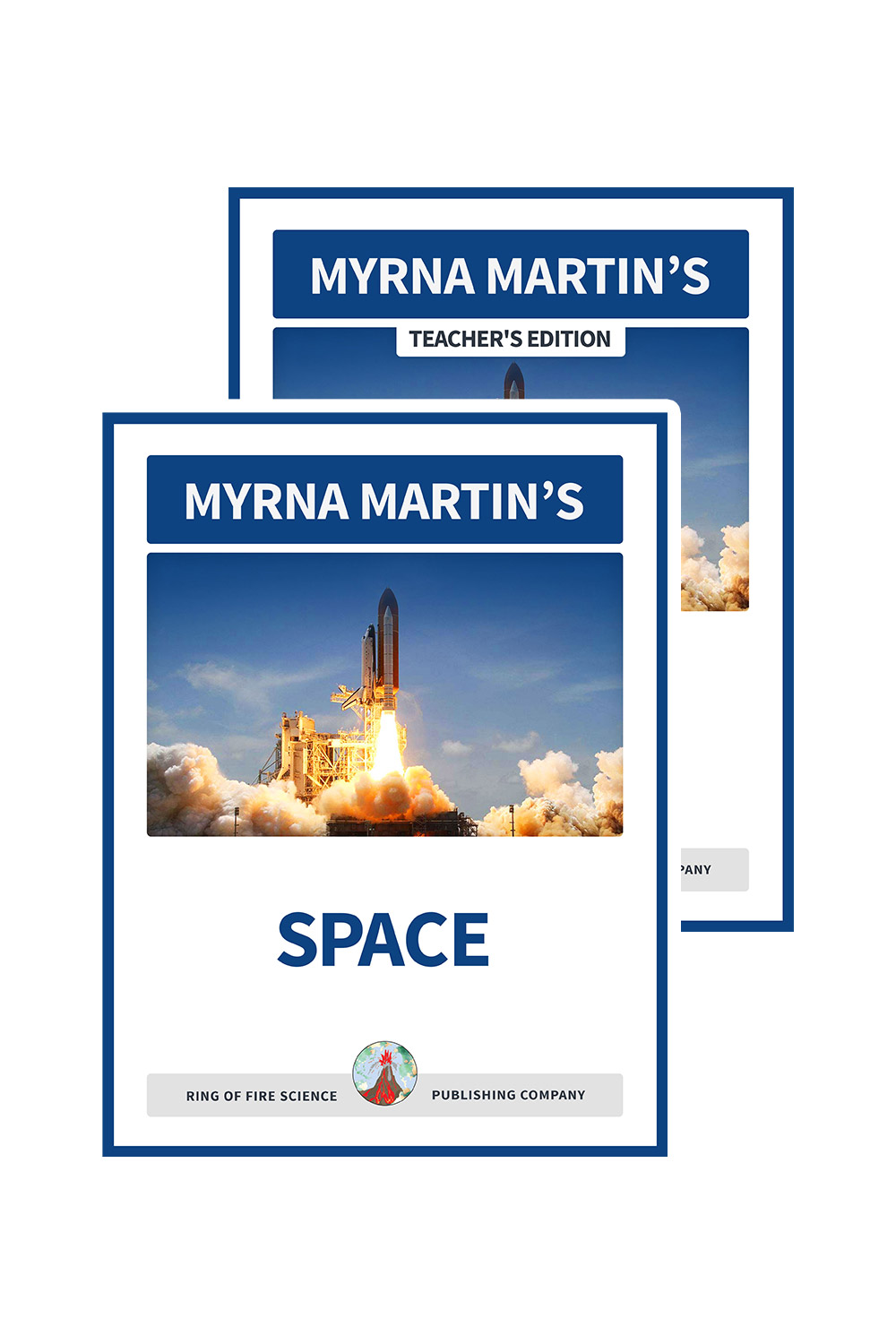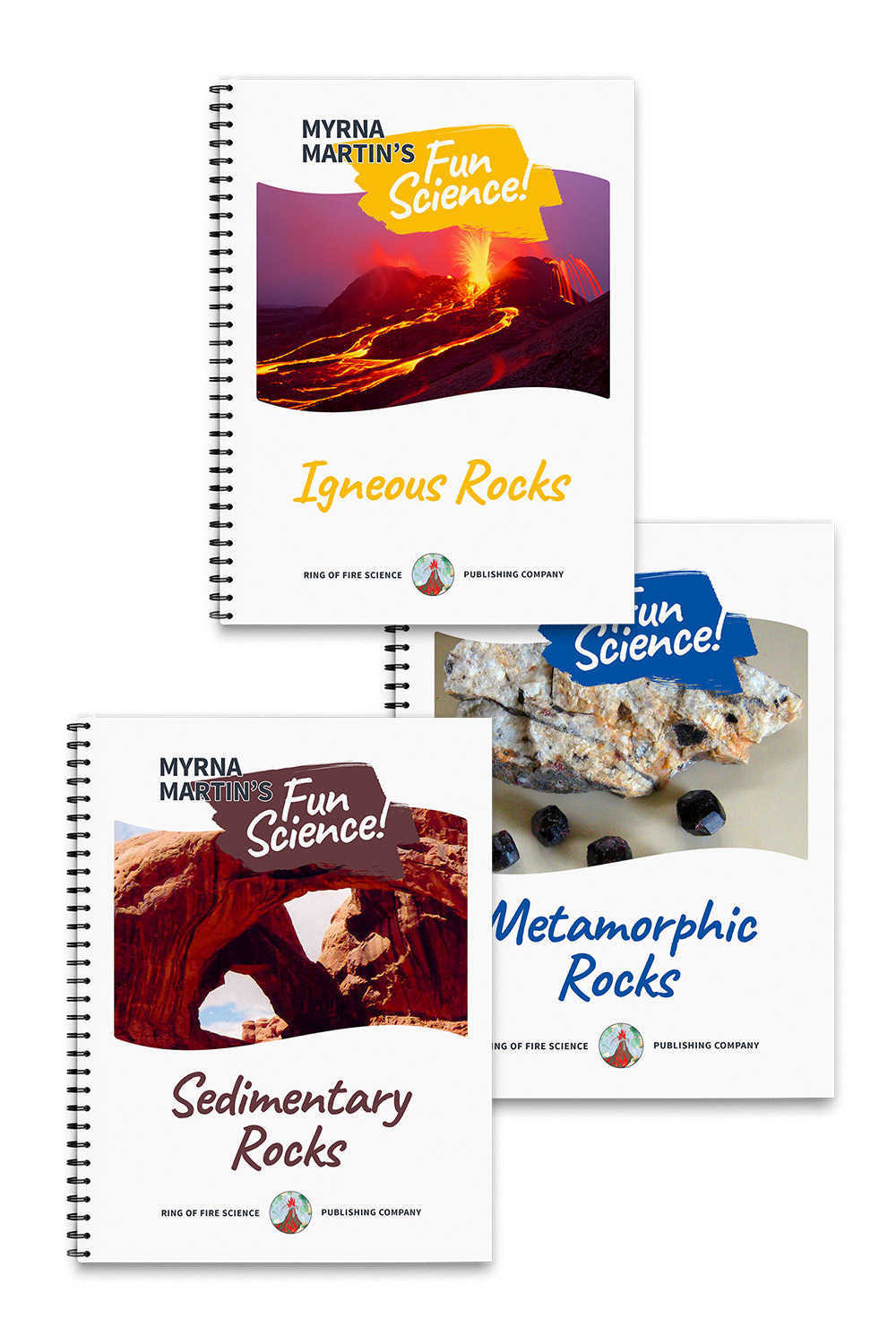Earths Earthquake waves Travel
Earths Earthquake waves Travel inside the Earth
Each year 800,000 times earthquake waves travel through Earth
Earthquake waves travel through Earth over 800,000 times each year. Earthquakes occur because the surface of the Earth is in constant motion. The Earth's crustal plates move around indifferent directions and at different speeds about the speed your fingernails grow. Earthquakes are triggered when plate movement causes rocks to break apart. You will find out more about P waves, S waves, Love waves and Rayleigh waves in the following paragraphs.
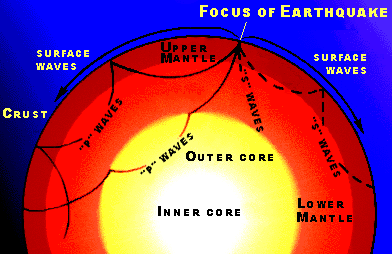 Earthquake waves USGS
Earthquake waves USGSWhere P wave travels
Primary waves, P waves, travel through the body of the Earth. Rocks in the Earth are compressed and rebound as P waves pass through them. They are the fastest of all earthquake waves and are a signal to reporting stations that an earthquake has occurred. P waves more through solids, liquids and gases. P waves speed up as they pass through the Moho boundary where the crust ends and the mantle begins.
S waves stopped at the core
The second type of earthquake waves to reach reporting stations are secondary waves. S waves are transverse waves that move in a back and forth motion. The motion of S waves is similar to the way a rope wiggles back and forth when you move one end of it back and forth. These waves travel only through solids. The also travel through the solid portions of the Earth's interior. S waves stop at the Earth's liquid core.
Love waves and Rayleigh waves are surface waves
Rayleigh waves and Love waves are surface waves. The produce the largest ground motion and cause the most destruction during an earthquake. Love waves move on the Earth's surface in a back and forth horizontal motion. Rayleigh waves are similar to ripples that form when you drop a pebble in a bowl of water.
More Earthquake Links
1964 Alaska Earthquake The 1964 Alaska quake was the largest earthquake ever recorded in North America.
Richter Magnitude Scale The Richter magnitude scale was developed in 1935 to study California earthquakes.
Moment Magnitude Scale The moment magnitude scale measures the total energy released by great earthquakes.
Normal Fault Find out how and why normal faults form.
Earthquake Waves Find out which earthquake waves are produced only by large earthquakes.
Earthquake Facts Did you know that an earthquake can occur any place on Earth?
Home Page The Science Site contains information on our planet, volcanoes, science projects, earthquakes and much more.
Kids Fun sCIENCE bOOKSTORE
Check out Myrna Martin's award winning textbooks, e-books, videos and rock sets. The Kids Fun Science Bookstore covers a wide range of earth science topics. Click here to browse.
Sign up to our monthly newsletter and receive our FREE eBook containing 3 fun activities that don’t appear in any of our other books!
The Kids Fun Science monthly newsletter will include the following: current events, weird and fantastic facts, a question of the month, science trivia and the latest new content from our website.
We respect your privacy and you can be assured that we will never share your email address or use it for any other purpose than to send you our newsletter.



